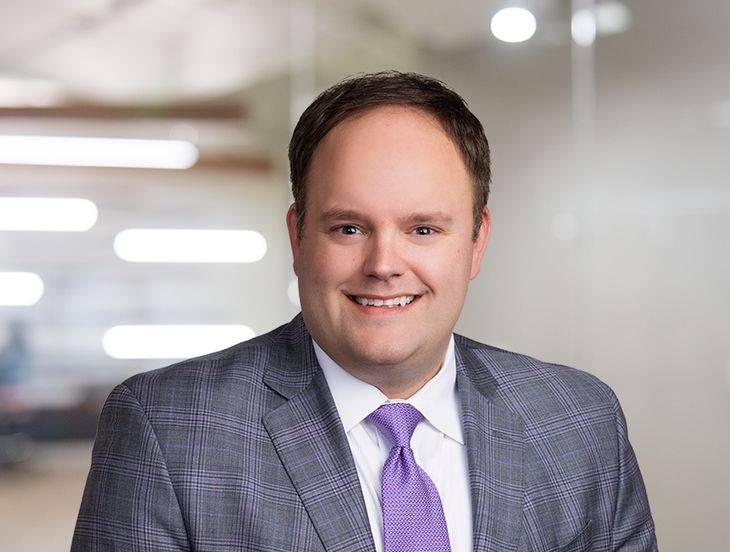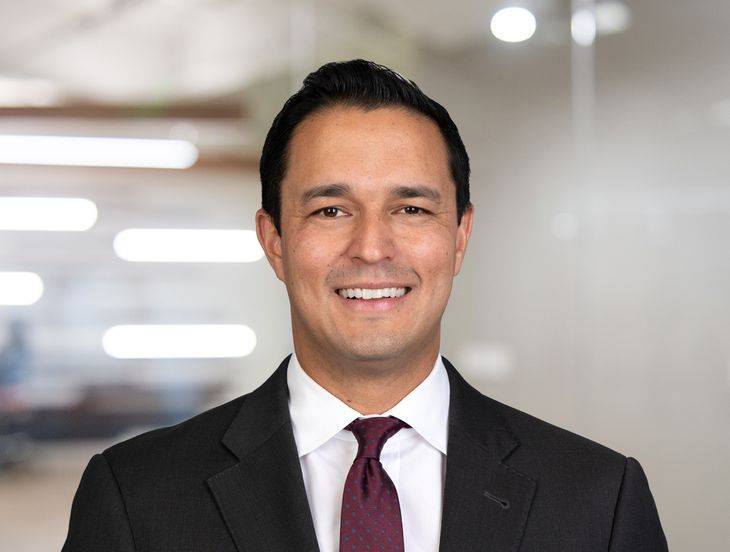House of Cards? How the $2.7 Billion NCAA Settlement Might Transform the Employment Status of Student-Athletes
Insights
5.24.24
The National Collegiate Athletic Association is on the verge of settling a major antitrust lawsuit that may radically alter the equation when it comes to student-athlete employment. The pending settlement in House v. NCAA represents a watershed moment in the ongoing debate about compensating student-athletes. Historically, the NCAA has maintained that student-athletes are amateurs, not employees, and thus not entitled to pay beyond scholarships and stipends. However, if approved, this settlement could fundamentally alter this landscape by not only providing significant backpay for the use of athletes’ name, image, and likeness (NIL) but also establishing a revenue-sharing model akin to professional sports. What does your college or university need to know about this development?
How Did We Get Here?
The House v. NCAA case, spearheaded by former collegiate swimmer Graham House, challenges the NCAA’s restrictions on athlete compensation. The lawsuit contends that athletes should be compensated for the commercial use of their NIL.
The proposed settlement aims to provide backpay for the years 2017-2020, a period during which athletes were prohibited from earning NIL revenue. This component alone could cost the NCAA and major conferences over $1 billion.
Beyond compensating past athletes, the settlement proposes a future revenue-sharing model where schools would share a portion of their athletic revenue with athletes. This model, which could see each school distributing around 22% of its athletic revenue annually, introduces a structure similar to salary caps in professional leagues. It is this potential change that could lead to a reevaluation of employment status.
NLRA and Employment Status
The question of whether student-athletes should be considered employees under the National Labor Relations Act has been a contentious issue for nearly a decade. The Board has played an outsized role in this debate. In 2014, an NLRB regional director ruled that Northwestern University football players were employees and could unionize. On appeal, the Board declined jurisdiction and punted the question – but left the door open for future challenges.
In 2021, NLRB General Counsel Jennifer Abruzzo issued a memorandum stating that certain student-athletes are employees under the NLRA. This memorandum emphasized that athletes at private colleges and universities – particularly those generating significant revenue – should be recognized as employees with the right to organize and bargain collectively. If this stance is upheld, it would grant student-athletes collective bargaining rights and forever change their relationship with universities and the NCAA.
In May 2023, the General Counsel began pushing an unfair labor practice charge against the University of Southern California. The ULP claimed that the university, its conference, and the NCAA exert significant control over athletes’ activities, and that therefore they are employees under the NLRA. The hearing in that case concluded in April 2024, with a decision anticipated by the end of this year. A ruling in favor of the athletes would establish employee status under federal labor law.
Finally, in February of this year, an NLRB regional director declared that basketball players at Dartmouth College were also employees under the NLRA – despite the lack of athletic scholarships and the fact the basketball team loses money each year. This decision is pending a request for review by the full NLRB.
Johnson v. NCAA and the Push for Minimum Wage and Overtime
Another significant case impacting the employment status of student-athletes is Johnson v. NCAA. In this case, a former football player argues that student-athletes are employees under the Fair Labor Standards Act (FLSA) and should be entitled to minimum wage and overtime pay. Johnson’s lawsuit contends that the NCAA and its member schools profit immensely from the labor of student-athletes without providing fair compensation.
The outcome of this case could have far-reaching implications. If the courts recognize student-athletes as employees under federal wage and hour law, universities would need to compensate them. This recognition would not only provide direct financial benefits to student-athletes but also strengthen the argument for their right to unionize and collectively bargain.
Potential Impact on College Sports
The combined impact of the House v. NCAA settlement, pending NLRB litigation, and Johnson v. NCAA could radically transform college sports. Recognizing student-athletes as employees would challenge the long-standing amateurism model and force the NCAA and universities to navigate new landscapes.
- Financial Implications: Universities might face significant financial burdens, needing to allocate substantial portions of their athletic budgets to athlete compensation. This shift could lead to increased tuition, cuts to non-revenue sports, or a reevaluation of the overall financial model of college athletics.
- Legal and Administrative Changes: Universities would need to establish frameworks for compliance with wage and hour laws, the NLRA, potential collective bargaining agreements, and revenue-sharing mechanisms. This administrative overhaul will be complex and resource-intensive.
- Equity and Inclusion: The new compensation models must address equity issues, ensuring that all athletes, regardless of sport or gender, benefit fairly. This consideration is crucial to maintaining Title IX compliance and promoting inclusivity in college sports.
Conclusion
Each of these changes represent a potential paradigm shift in college sports. As these legal battles unfold, stakeholders must carefully consider the implications for student-athletes, universities, and the broader sports ecosystem.
We will continue to monitor developments as they unfold. Make sure you are subscribed to Fisher Phillips’ Insight System to get the most up-to-date information direct to your inbox. Should you have any questions on the implications of these developments and how they may impact your operations, please do not hesitate to contact your Fisher Phillips attorney, the authors of this Insight, or any member of our Sports Industry Group, our Labor Relations Group, or our Higher Education Team for additional guidance.
Related People
-
- Joshua D. Nadreau
- Regional Managing Partner and Vice Chair, Labor Relations Group
-
- Adam F. Sloustcher
- Regional Managing Partner

